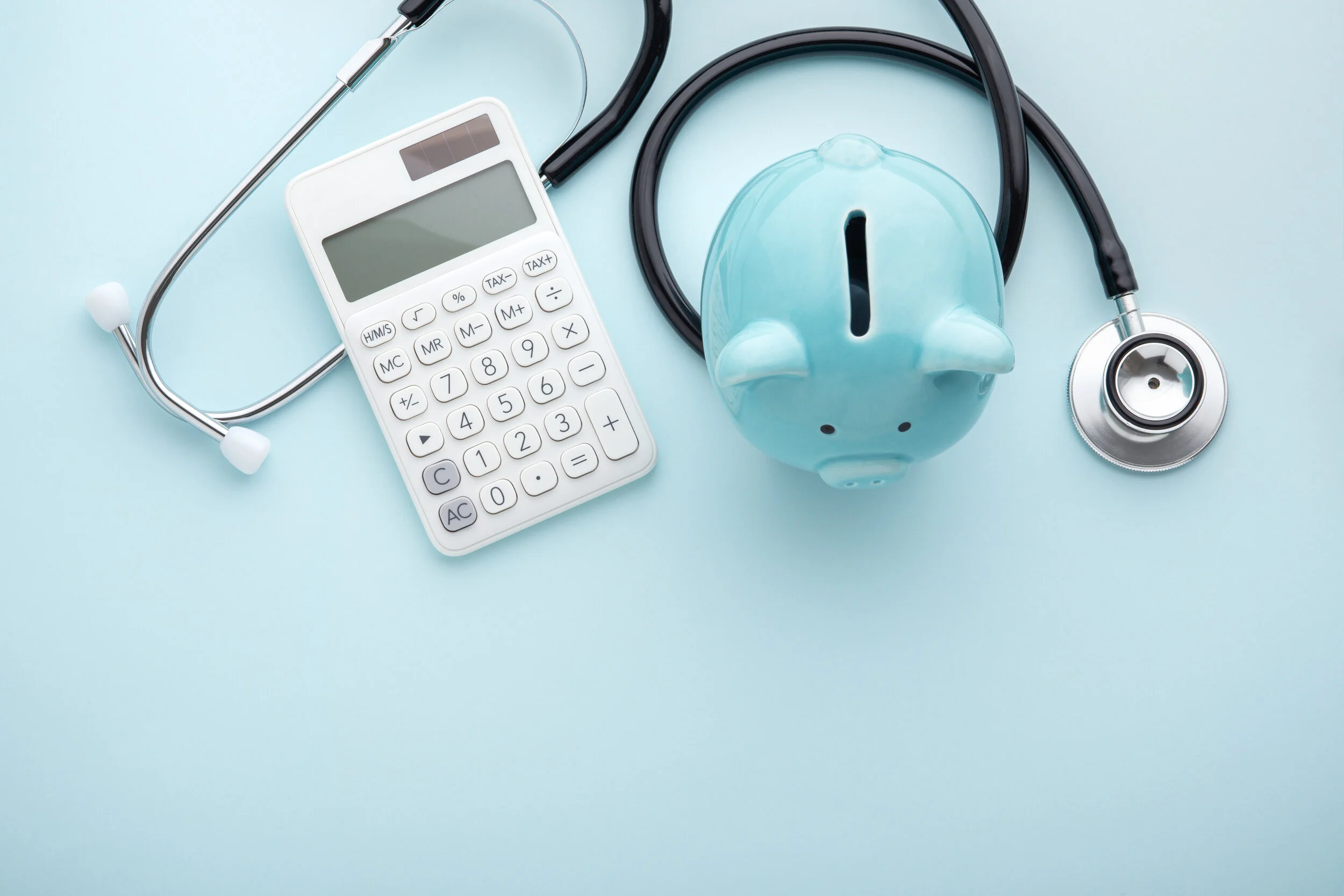While corporations are at historically high levels of debt relative to assets, leverage remains close to its historical average relative to firms’ market value and relative to interest expense as a fraction of cashflow. In PWBM’s dynamic firm model, reducing the deductibility of interest expenses by 10 percentage points decreases corporate output by 0.26 percent while decreasing corporate debt by 6.76 percent.
President Biden’s $2.7 Trillion American Jobs Plan: Budgetary and Macroeconomic Effects
PWBM projects that the American Jobs Plan proposed by President Biden would spend $2.7 trillion and raise $2.1 trillion dollars over the 10-year budget window 2022-2031. The proposal’s business tax provisions continue past the budget window, decreasing government debt by 6.4 percent and decreasing GDP by 0.8 percent in 2050, relative to current law.
Demographic and Economic Effects of President Biden's Proposal to Legalize Immigrants
PWBM projects that by 2050, the legalization provisions of the U.S. Citizenship Act proposed by President Biden would increase the size of the U.S. population by 4.21 percent, increase GDP by 0.5 percent, but decrease GDP per capita by 0.2 percent. More specific legalization proposals targeted at farm workers, DACA recipients, and essential workers would each increase GDP per capita by 0.1 percent in 2050.
Health and Economic Effects of Reducing COVID-19 Vaccine Hesitancy
PWBM projects that vaccinating all those eligible by reducing vaccine hesitancy would prevent up to 8.3 million cases in 2021, increase employment by 2.6 million in December 2021, and boost Q4 2020 to Q4 2021 GDP growth by 2 percentage points. In fact, failure to reduce vaccine hesitancy could lead to a “perfect storm” if people also become optimistic and increase their social contact rates beyond the baseline rates that we previously projected. Indeed, increasing social contact rates to 85 percent of pre-COVID levels by the end of 2021 would lead to up to 4.6 million additional COVID-19 cases in 2021.
Budgetary and Economic Effects of Senator Elizabeth Warren’s Wealth Tax Legislation
PWBM projects that the Ultra-Millionaire Tax Act of 2021, introduced by Senator Elizabeth Warren, would raise $2.1 trillion over the standard 10-year budget window (2022-2031) under scoring conventions used by government agencies. Incorporating the effects of enhanced IRS enforcement, our projection rises to $2.4 trillion over 2022-2031 and $2.7 trillion over 2023-2032. Also incorporating macroeconomic effects of the Act reduces estimated revenue to $2.0 trillion over 2022-2031 and $2.3 trillion over 2023-2032. We estimate that the Act would reduce GDP by 1.2 percent in 2050.
COVID-19: Cost of virtual schooling by race and income
PWBM estimates that schools in the Philadelphia and surrounding suburb districts with more Black students are less likely to reopen with in-person instruction relative to schools with more White students, even after controlling for differences in income by district. By March 2021, Black students in grades K-5 have incurred a 11.9 percent loss in lifetime income from school closures while White students have lost 10.4 percent. Students educated in the city face larger losses than students educated in the surrounding suburbs.
Incentive Effects of the Romney and Biden/Neal Child Tax Credit Proposals
This post compares effective marginal tax rates (EMTRs) under the Family Security Act proposed by Sen. Romney and the Child Tax Credit (CTC) expansion proposed by Rep. Neal and President Biden. Married families with children and less than $45,000 in income would face EMTRs 4.4 percentage points higher under the Romney proposal and 6 percentage points higher under the Biden/Neal proposal.
Epidemiological and Economic Effects of the COVID-19 Vaccine in 2021
This brief analyzes the epidemiological and economic effects of maintaining, increasing, or decreasing the current pace of daily COVID-19 vaccinations. PWBM projects that doubling the number of vaccine doses administered daily would boost employment by more than 2 million and real GDP by about 1 percent over the summer of 2021, with smaller effects later in the year.
Interactive Map: New Data on 2020 CARES Act Stimulus Checks
This post presents new state-level data on the $271.4 billion of stimulus checks in the CARES Act as of March 2020, breaking down the 161.9 million payments by amount, method of receipt, and recipient household type.
PWBM Budget Contest: Privately-Organized Universal Health Insurance in the U.S.
This brief analyzes the impact on health insurance premiums, out-of-pocket spending, and the economy for the healthcare proposal from Daniel Evan McGary as part of the PWBM Democratizing the Budget Contest.
Response to the White House’s Critique of PWBM’s COVID Relief Analysis
On February 3, 2021, PWBM released three analyses of the $1.9 trillion Biden COVID relief plan: a budgetary analysis of the direct aid provisions, a macroeconomic analysis of the full relief package, and a background report on the 2021 economy. Critiques of our analysis have focused on two conclusions from this background document: 1) our assessment of the current state of the economy and 2) our results that suggest 27 percent of stimulus checks would be spent on consumption. As always, PWBM welcomes responses to our work, and we are glad for this opportunity to provide additional clarity on our analysis and its results.
Direct Aid in the Biden COVID Relief Plan: Budgetary and Distributional Effects
PWBM estimates that three provisions in the Biden COVID relief plan—direct payments, expanding the Child Tax Credit, and expanding the Earned Income Tax Credit—together would cost $595 billion in calendar year 2021, with 99 percent of households in the bottom 80 percent of incomes receiving a benefit.
Macroeconomic Effects of the $1.9 Trillion Biden COVID Relief Plan
PWBM estimates that the $1.9 trillion in spending in the full Biden relief plan would increase GDP in 2021 by 0.6 percent. Over time, the additional public debt resulting from the Biden plan would decrease GDP by 0.2 percent in 2022 and 0.3 percent in 2040.
Background: Marginal Propensities to Consume in the 2021 Economy
PWBM projects that the broad distribution of relief payments in the Biden administration’s proposed plan will flow largely into household savings and will produce only small stimulative effects, with 73 percent of the stimulus going directly into household savings. Sectors affected by the pandemic still face restrictions and are unlikely to grow from stimulus payments, while much of the rest of the economy is operating close to productive capacity.
PWBM Budget Contest: A Flat Benefit for Social Security
As part of PWBM’s “Democratizing the Budget Contest,” Andrew Biggs, Ph.D. proposed a package of Social Security reforms centered around gradually transitioning the program to a flat benefit for new retirees. PWBM projects that this proposal would reduce the program’s conventional 75-year imbalance by 2.44 percent of taxable payroll, leaving a remaining imbalance of 0.8 percent of current law taxable payroll. The proposal would decrease GDP by 0.6 percent in 2030 while increasing GDP by 0.6 percent in 2050.
PWBM Budget Contest: TEACHUP Early Childhood Education Grants
The TEACHUP program, proposed by Rick Miller, Ph.D. as part of the PWBM Democratizing the Budget Contest, would give grants to states in order to provide full-day preschool for four-year-old children at or below 200 percent of the poverty line. On a conventional basis, PWBM projects that TEACHUP would cost $92.4 billion over ten years and a total of $282.53 billion by 2050. However, on a dynamic basis that includes productivity effects and expansion of the tax base, PWBM estimates that the program would effectively pay for itself by 2050 by holding public debt nearly constant.
School Reopening During COVID-19: A Cost-Benefit Analysis for Philadelphia Suburbs
We estimate the average cost of a COVID-19 infection for four Philadelphia-area counties at $8,000 to $13,000, less than half of our national average cost estimate ($27,230). We estimate a trade-off between cost of infections to the community from in-person schooling versus the lost future earnings to students from closing schools. For example, if Montgomery county had implemented full in-person school in the fall, we project the costs of infection would have been at most $429 million. However, closing schools costs students as much as $4.4 billion in present value of future wages.
Startups and Job Creation in the COVID-19 Economy
As of mid-November, there have been 700,000 more business applications in 2020 than at the same point in 2019, especially concentrated in pandemic-affected industries such as online retail. Accounting for this change in industry composition, we project that the 600,000 additional applications in the first three quarters of 2020 will result in 27,000 more employer businesses formed by Q3 2021 and about 120,000 additional jobs.
How Are Capital Gains and Dividends Taxed?
This post is part of a series that explains tax concepts. The highest 1 percent of earners are responsible for 71 percent of capital gains realizations. President Trump has proposed lowering the top rate on income from capital gains and dividends, while former Vice President Joe Biden has proposed increasing the top rate for taxpayers with more than $1 million in income.
COVID: Trade-offs in School Reopening
We estimate that each month of school closures in response to the COVID pandemic cost current students between $12,000 and $15,000 in future earnings due to lower educational quality. We also estimate total value-of-life, medical, and productivity costs per infection at $38,315 for September 2020. Using these costs, we calculate the cost-benefit threshold to keeping schools closed for October at over 0.355 new expected infections in the community per student kept out of school.
















